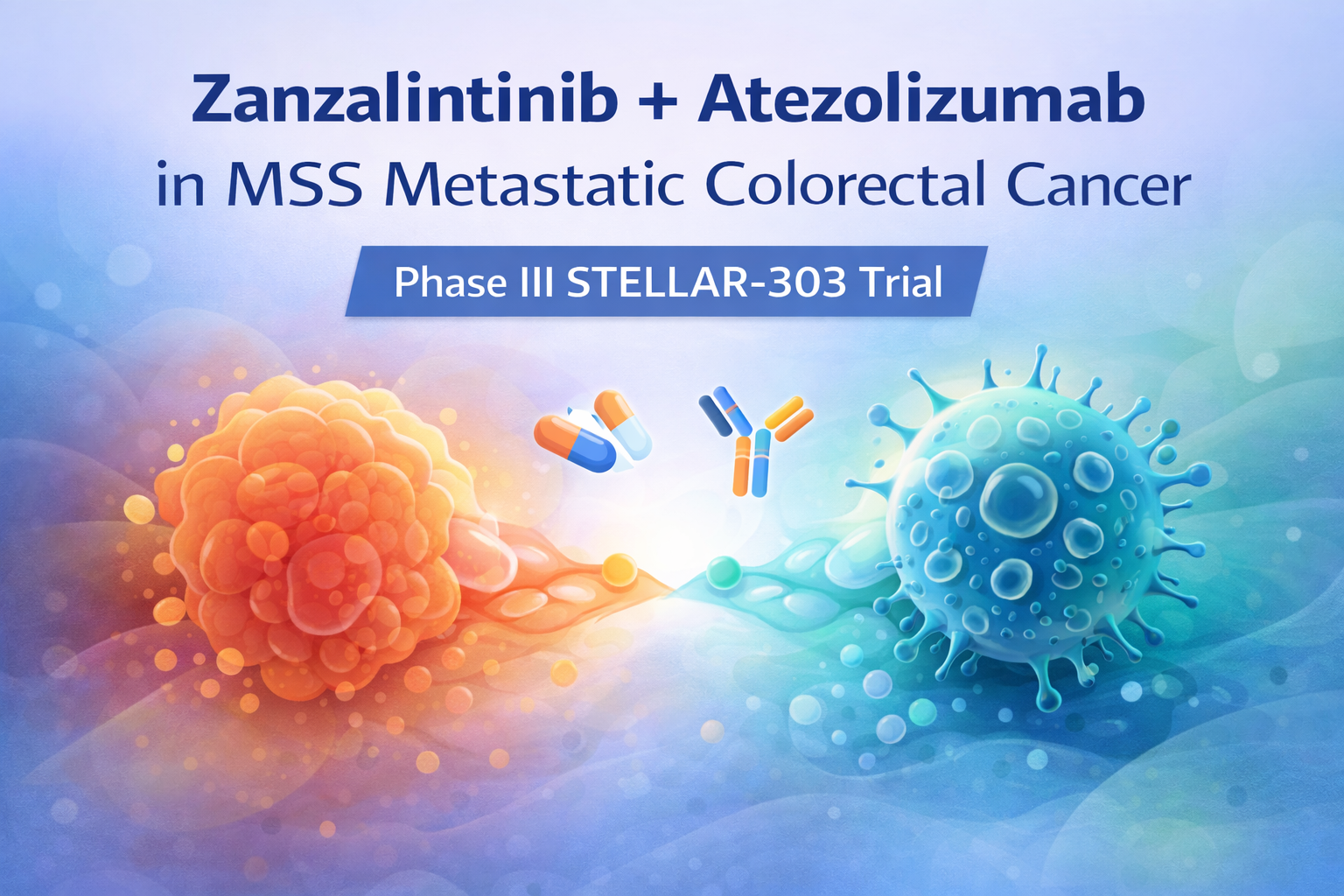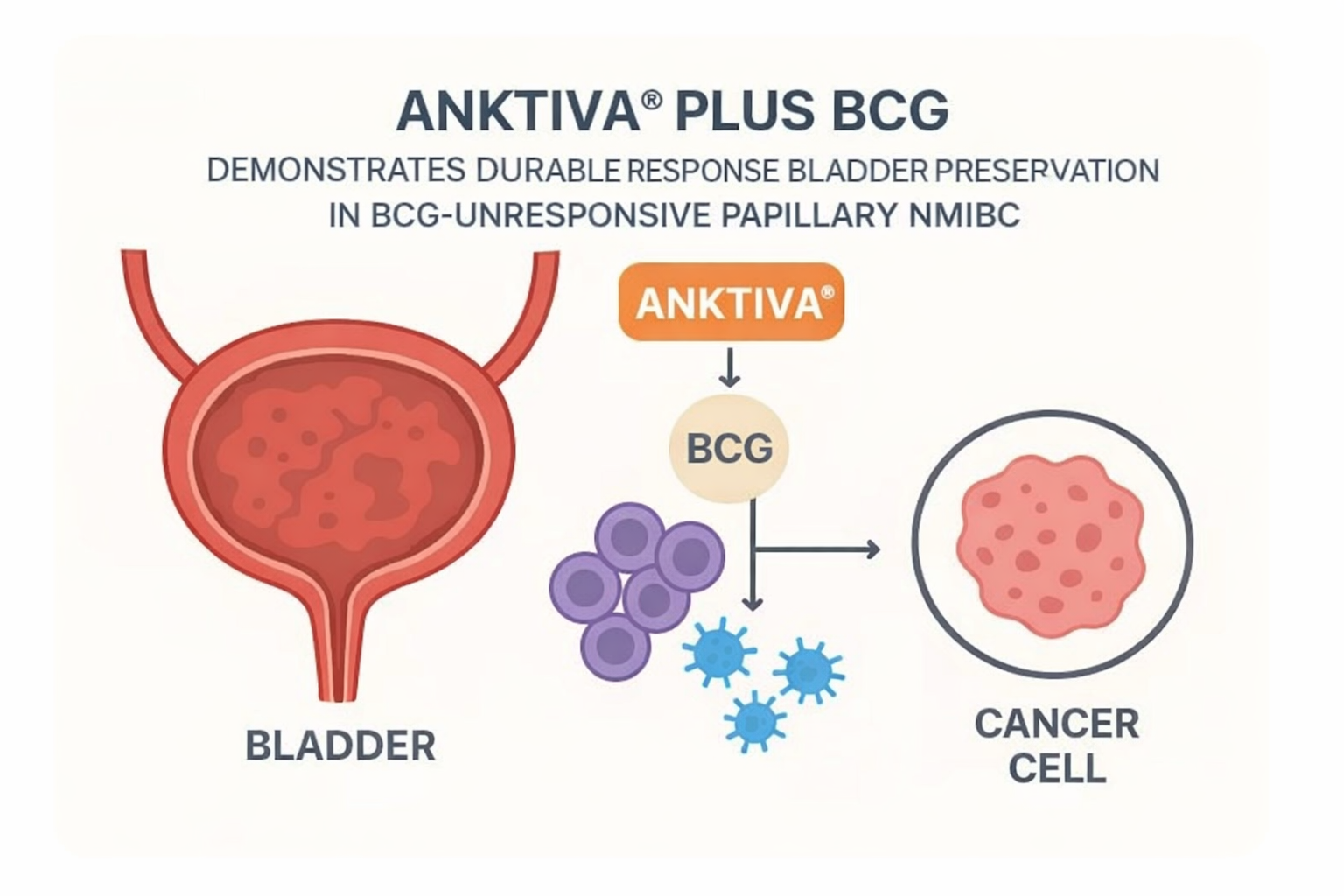

Cemiplimab demonstrates sustained long-term survival benefit in advanced NSCLC patients with ≥50% PD-L1 expression, with 5-year overall survival rates nearly doubled versus chemotherapy (29.0% vs 15.0%). Patients with ≥90% PD-L1 expression achieved exceptional outcomes with 39.8% five-year survival probability and 38.8-month median overall survival.

Study Design & Population
- Study Type: Phase 3, open-label, randomized controlled trial (EMPOWER-Lung 1)
- Sample Size: 712 patients randomized (357 cemiplimab, 355 chemotherapy); 565 with verified ≥50% PD-L1
- Population: Treatment-naïve advanced NSCLC patients with ≥50% PD-L1 expression, no EGFR/ALK/ROS1 aberrations
- Treatment Arms: Cemiplimab 350mg IV q3 weeks vs investigator’s choice platinum-doublet chemotherapy
- Follow-up: Median 59.6 months (5-year final analysis)
Key Findings
- Overall Survival (≥50% PD-L1): 26.1 vs 13.3 months (HR 0.59, 95% CI 0.48-0.72, p<0.0001)
- Progression-Free Survival: 8.1 vs 5.3 months (HR 0.50, 95% CI 0.41-0.61, p<0.0001)
- Objective Response Rate: 46.5% vs 20.6% (OR 3.34, p<0.0001)
- Duration of Response: 24.1 vs 5.9 months median
- Five-Year OS Probability: 29.0% cemiplimab vs 15.0% chemotherapy
- PD-L1 ≥90% Subgroup: 38.8-month median OS, 39.8% five-year survival probability
Clinical Implications
- Confirms cemiplimab as standard first-line monotherapy for advanced NSCLC with ≥50% PD-L1 expression
- PD-L1 expression level above 50% directly correlates with cemiplimab benefit (higher expression = better outcomes)
- Demonstrates durable long-term survival benefit maintained at 5 years, supporting curative potential in subset of patients
- Benefits observed across both squamous and nonsquamous histologies, particularly notable for difficult-to-treat squamous NSCLC
Limitations
- Exploratory nature of PD-L1 expression tertile analyses limits definitive conclusions
- Low proportion of female participants may limit generalizability
- Open-label design introduces potential bias in response assessment
- Cross-over allowed from chemotherapy to cemiplimab at progression, potentially confounding overall survival data
Source: https://www.jto.org/article/S1556-0864(25)00178-9/fulltext




